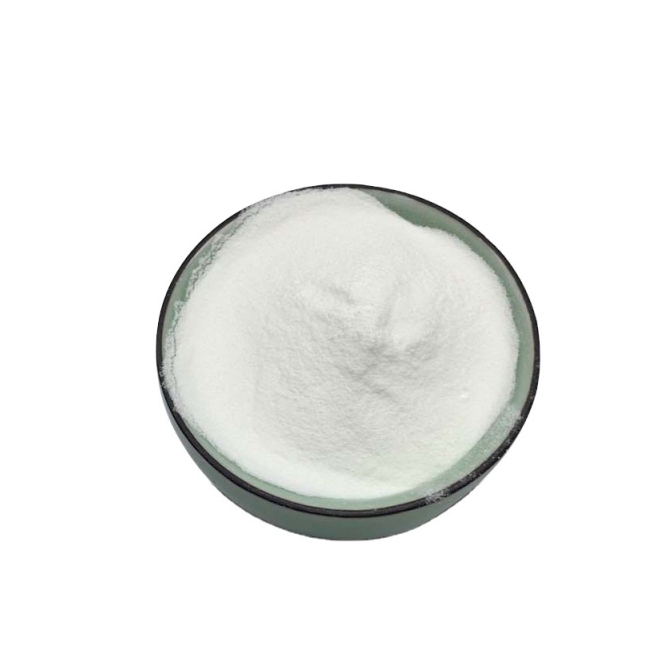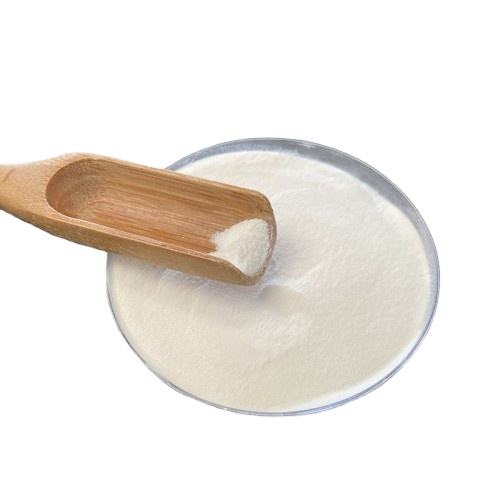Subtitle: Artificial Precision or Natural Complexity?
The choice between these popular zero-calorie sweeteners involves weighing scientific innovation against natural origin, with each offering distinct advantages for different needs and preferences.
In the evolving landscape of sugar alternatives, two prominent contenders have emerged with fundamentally different origin stories and technological profiles. On one side stands sucralose, a product of laboratory innovation discovered in 1976. On the other stands stevia, derived from the leaves of a South American plant used for centuries by indigenous communities. Understanding their distinct characteristics helps consumers make informed decisions aligned with their health goals and philosophical preferences.
The Technological Sweetener: Sucralose
Sucralose represents one of the most successful examples of food science innovation. Created through a selective chlorination process that substitutes three hydroxyl groups in the sugar molecule with chlorine atoms, this transformation makes sucralose approximately 600 times sweeter than sucrose while passing through the body largely unabsorbed.
The key advantages of sucralose include its exceptional stability under heat and across a wide pH range, making it suitable for baking and processed foods where maintenance of sweetness is crucial. It lacks the bitter aftertaste associated with some sweeteners and provides a clean, sugar-like flavor profile that has made it popular in countless products worldwide.
Regulatory agencies including the FDA, EFSA, and JECFA have extensively reviewed sucralose and established acceptable daily intake levels, confirming its safety for human consumption. Recent research continues to support its safety profile while exploring its potential effects on gut microbiota and metabolic responses.
The Natural Alternative: Stevia
Stevia sweeteners are extracted from the leaves of Stevia rebaudiana, a plant native to Paraguay and Brazil. The sweet-tasting compounds, primarily steviol glycosides like rebaudioside A, are isolated and purified to create high-intensity sweeteners that are 200-300 times sweeter than sugar.
While stevia’s natural origin appeals to many consumers, its taste profile presents both challenges and opportunities. Some steviol glycosides can produce a licorice-like or bitter aftertaste, particularly at higher concentrations. However, advanced purification techniques and specific glycoside blends have significantly improved the taste profile of modern stevia products.
Regulatory acceptance of stevia has expanded globally over the past decade, with FDA granting GRAS status to specific high-purity steviol glycosides. The body metabolizes steviol glycosides in the colon, with the resulting steviol excreted without accumulation, contributing to its excellent safety record.
Practical Considerations for Consumers
When choosing between these sweeteners, several practical factors deserve consideration:
• Taste Preference: Sucralose typically provides a cleaner, more sugar-like taste, while stevia may offer a more complex flavor profile with potential aftertastes that vary by product quality and formulation.
• Cooking Applications: Sucralose maintains stability at high temperatures, making it reliable for baking. Some stevia products may break down when heated, though newer formulations have improved thermal stability.
• Health Considerations: Both sweeteners are considered safe for general consumption, though individuals with specific health conditions may prefer one over the other based on their physician’s recommendations.
• Philosophical Alignment: The choice often extends beyond science to personal values, with some consumers preferring stevia’s plant-based origin while others appreciate sucralose’s scientific precision.
Post time: Nov-23-2025






